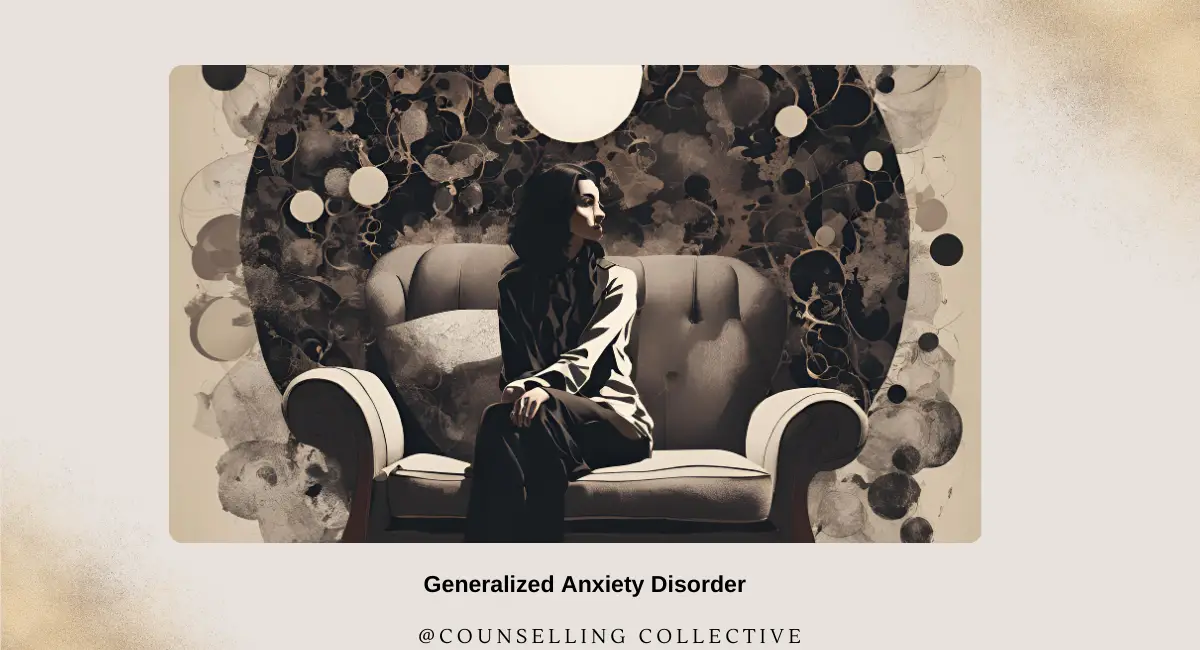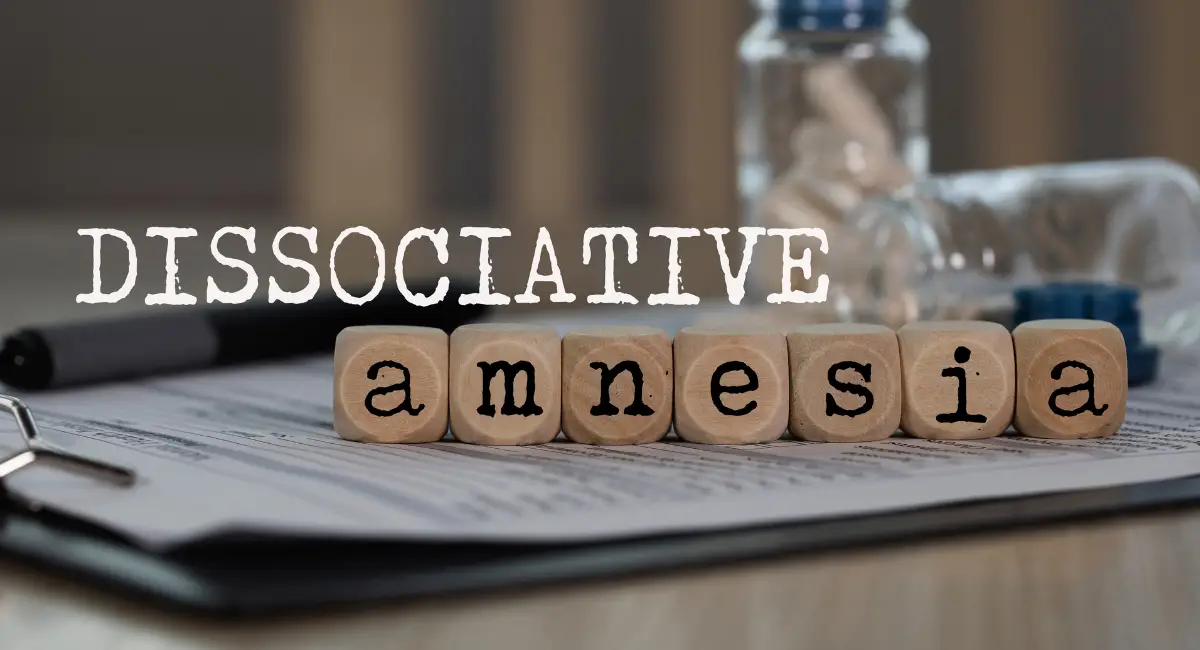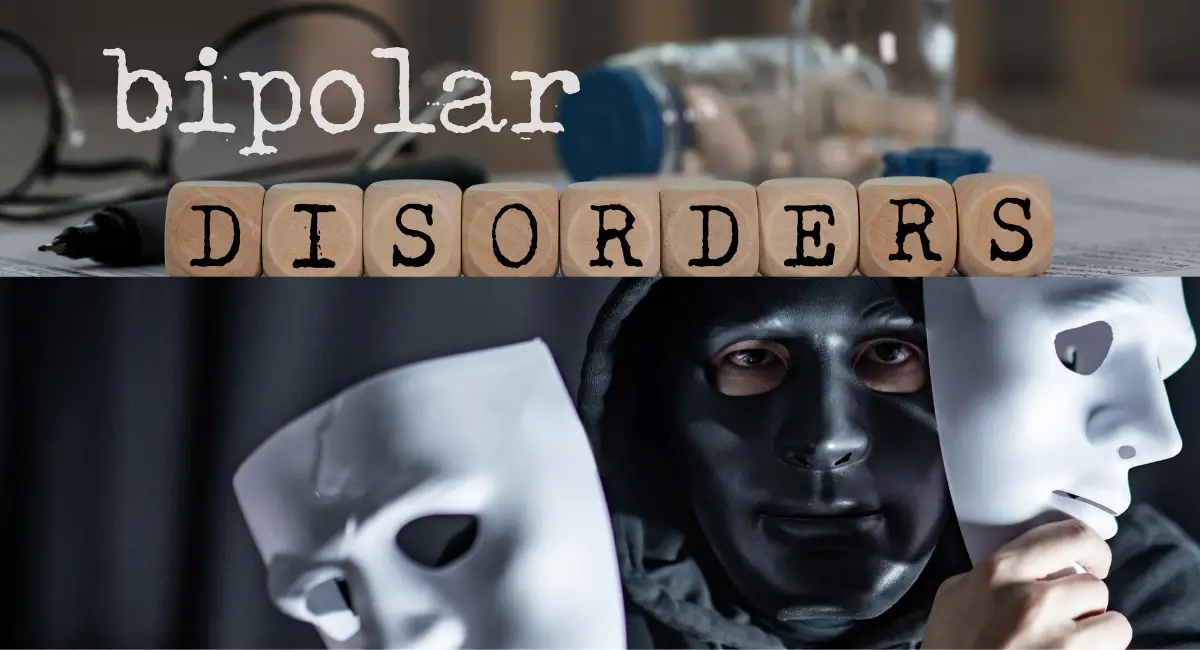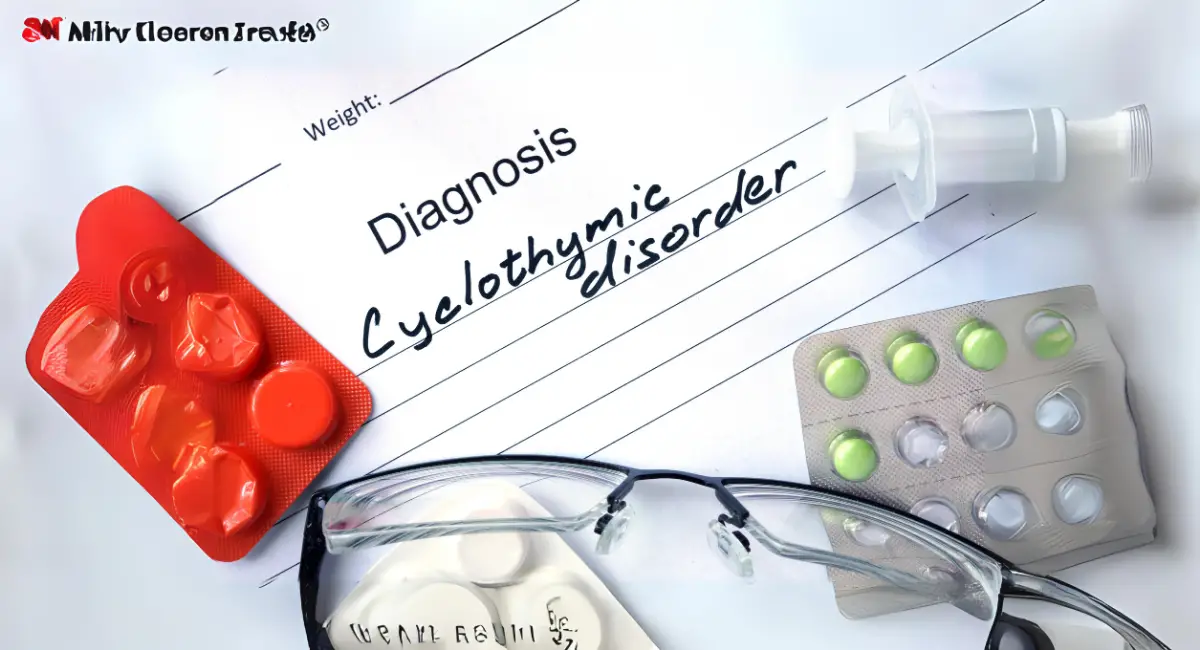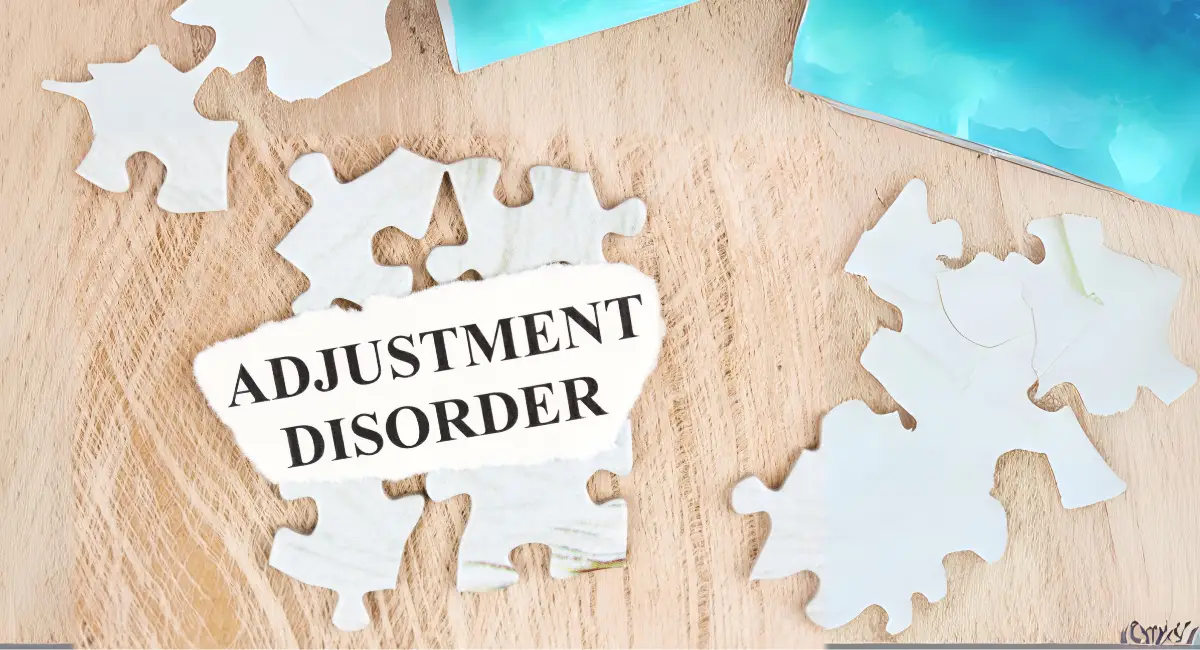
Adjustment Disorders: Symptoms, Causes, and Therapy Options
Contents
Introduction
Adjustment Disorders are a group of emotional or behavioral conditions that develop in response to significant life changes or stressful events. These disorders manifest when an individual struggles to cope with a particular stressor, leading to emotional distress that is disproportionate to the event. Unlike other psychiatric conditions, Adjustment Disorders are directly tied to a specific life event, such as the death of a loved one, a breakup, a job loss, or relocation. The symptoms typically emerge within three months of the stressor and may vary in duration depending on the individual and treatment.
According to the Diagnostic and Statistical Manual of Mental Disorders, Fifth Edition (DSM-5), Adjustment Disorders fall under the broader category of Trauma- and Stressor-Related Disorders. They are generally short-term but can significantly affect an individual’s mental health and functioning if not treated. This article explores Adjustment Disorders, focusing on Adjustment Disorder with Anxiety, Adjustment Disorder with Depressed Mood, and Adjustment Disorder with Mixed Anxiety and Depressed Mood, including their Symptoms, Causes, and Therapy Options.
Common Symptoms of Adjustment Disorders
Adjustment Disorders manifest as a range of emotional and behavioral symptoms that are directly tied to a life stressor. Below is a table outlining the common symptoms of Adjustment Disorder with Anxiety, Adjustment Disorder with Depressed Mood, and Adjustment Disorder with Mixed Anxiety and Depressed Mood, along with examples of how they may present in daily life.
| Symptom | Description/Example |
|---|---|
| Anxiety | Excessive worry, restlessness, or tension. For example, someone may feel constantly on edge after losing their job, worrying about the future. |
| Depressed Mood | Feelings of sadness, hopelessness, or loss of interest in activities. For example, someone may feel too down to engage in social activities after a breakup. |
| Emotional Distress | Intense feelings of fear, guilt, or shame. For example, someone may feel guilty about surviving a natural disaster when others were hurt. |
| Physical Symptoms | Headaches, stomachaches, or sleep disturbances. For example, someone may experience chronic headaches after a major life change, such as divorce. |
| Irritability | Heightened frustration or anger. For example, someone may become easily annoyed with family members after losing their job. |
| Fatigue | Low energy or exhaustion. For example, someone may feel physically drained after weeks of emotional distress following a breakup. |
| Difficulty Concentrating | Trouble focusing on tasks or thoughts. For example, someone may find it hard to concentrate at work due to intrusive worries about their future. |
Causes and Risk Factors of Adjustment Disorders
Adjustment Disorders are triggered by significant life stressors, but certain risk factors can increase an individual’s likelihood of developing these conditions.
1. Exposure to a Stressful Life Event
The primary cause of Adjustment Disorders is a specific life stressor, such as a job loss, divorce, or major life transition. These stressors can be either positive (e.g., marriage or a job promotion) or negative (e.g., the death of a loved one), but the key factor is the individual’s difficulty in adapting to the change.
- Stressors that are unexpected, sudden, or involve significant change are more likely to lead to Adjustment Disorders. Events that disrupt an individual’s sense of stability, security, or identity can trigger emotional and psychological distress.
- Common stressors include job loss, death of a family member, moving to a new location, major health diagnoses, or relationship conflicts.
Sarah’s move to a new city was supposed to be a positive change, but the difficulty of adjusting to a new job, environment, and social network overwhelmed her, leading to anxiety and depression.
2. Lack of Coping Skills
Individuals with limited or maladaptive coping mechanisms are more likely to develop Adjustment Disorders in response to stress. Poor coping skills might include avoidance, denial, or relying on unhealthy behaviors, such as substance abuse, to manage emotional distress.
- People who struggle with emotional regulation or problem-solving are more vulnerable to experiencing mental health issues in response to stress. The inability to process the emotional impact of a stressor can lead to prolonged periods of distress.
- Individuals with limited social support may also lack access to external resources, making it more difficult to find healthy ways to cope.
After his wife’s death, John withdrew from his friends and family, finding it difficult to talk about his feelings or seek help. His avoidance of emotional support worsened his feelings of isolation and hopelessness.
3. Pre-existing Mental Health Conditions
Individuals with pre-existing mental health issues, such as anxiety or depression, are at higher risk of developing Adjustment Disorders when exposed to a new stressor. These individuals may already struggle with emotional regulation, and the added stress of a life change can exacerbate their symptoms.
- Pre-existing conditions like depression, anxiety disorders, or personality disorders can intensify an individual’s reaction to a new stressor, leading to a more severe emotional response. The stressor can trigger a relapse or worsen their current mental state.
- Individuals with a history of trauma or unresolved emotional issues are also at increased risk of developing Adjustment Disorders.
Mark, who had a history of generalized anxiety, found himself unable to manage his emotions after being laid off from his job. His existing anxiety worsened, leading to more severe symptoms of distress.
Therapy and Treatment Options for Adjustment Disorders
Treating Adjustment Disorders involves addressing both the emotional and psychological symptoms, as well as helping individuals develop healthy coping strategies. Below are key treatment options:
1. Cognitive Behavioral Therapy (CBT)
Cognitive Behavioral Therapy (CBT) is one of the most effective treatments for Adjustment Disorders. CBT helps individuals challenge and reframe negative thoughts about the stressor and develop healthier coping mechanisms for managing emotional distress.
Example: Mark works with a CBT therapist to address his fears about the future after being laid off. He learns to reframe his thoughts, focusing on practical solutions rather than worst-case scenarios, which helps to reduce his anxiety.
2. Solution-Focused Brief Therapy (SFBT)
Solution-Focused Brief Therapy (SFBT) is a short-term, goal-oriented therapy that helps individuals identify their strengths and find practical solutions to their problems. This therapy is particularly useful for those dealing with immediate stressors and seeking fast, effective interventions.
Example: John, who struggled with feelings of hopelessness after his wife’s death, works with an SFBT therapist to focus on small, manageable steps to regain a sense of control in his life, such as setting short-term goals for reconnecting with friends.
3. Mindfulness-Based Cognitive Therapy (MBCT)
Mindfulness-Based Cognitive Therapy (MBCT) combines mindfulness practices with cognitive therapy to help individuals manage their emotional distress. This approach is particularly helpful for individuals who experience anxiety or emotional dysregulation in response to stress.
Example: Sarah practices mindfulness techniques through MBCT to help manage her anxiety after moving to a new city. By focusing on staying present and observing her thoughts without judgment, she learns to reduce her emotional reactivity to stress.
Long-Term Management of Adjustment Disorders
Managing Adjustment Disorders over the long term requires ongoing therapy, support, and coping strategies to prevent the symptoms from escalating. Below are key strategies for long-term management:
- Consistent Therapy: Regular participation in CBT, SFBT, or MBCT helps individuals develop long-term coping strategies to manage stress and emotional distress.
- Social Support: Engaging with supportive family, friends, or support groups provides valuable emotional support during times of stress and transition.
- Mindfulness and Stress Management: Incorporating mindfulness practices and stress-reduction techniques into daily life helps individuals manage their emotional responses to new stressors.
- Prevention of Escalation: Early intervention and treatment of Adjustment Disorders can prevent them from developing into more serious conditions such as Major Depressive Disorder or Generalized Anxiety Disorder.
Conclusion
Adjustment Disorders are common mental health conditions that arise in response to significant life changes or stressful events. However, with the right combination of treatments—such as Cognitive Behavioral Therapy, Solution-Focused Brief Therapy, and Mindfulness-Based Cognitive Therapy—individuals can manage their symptoms and adapt to new challenges. Long-term management strategies, including consistent therapy, social support, and mindfulness practices, are essential for maintaining emotional stability and preventing the escalation of symptoms.
References
- American Psychiatric Association. (2013). Diagnostic and Statistical Manual of Mental Disorders (5th ed.). Washington, DC: American Psychiatric Publishing.
- Beck, J. S. (2011). Cognitive Behavior Therapy: Basics and Beyond (2nd ed.). Guilford Press.
- Segal, Z. V., Williams, J. M. G., & Teasdale, J. D. (2018). Mindfulness-Based Cognitive Therapy for Depression (2nd ed.). Guilford Press.
- Miller, G., & Rollnick, S. (2012). Motivational Interviewing: Helping People Change. Guilford Press.
- Shapiro, F. (2018). Eye Movement Desensitization and Reprocessing (EMDR) Therapy, Third Edition: Basic Principles, Protocols, and Procedures. Guilford Press.
Explore Other Mental Health Issues

